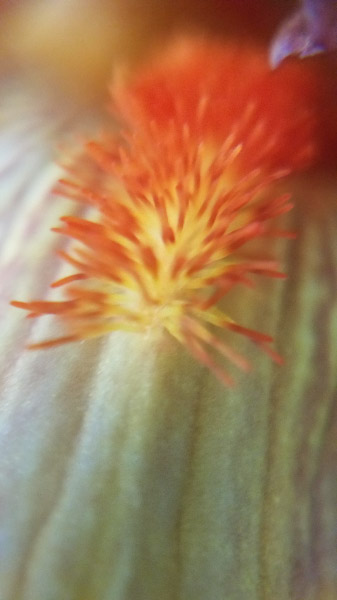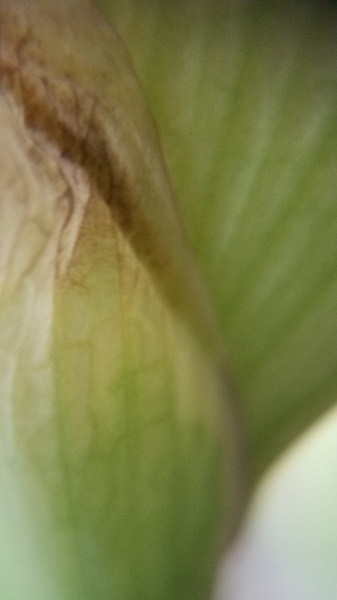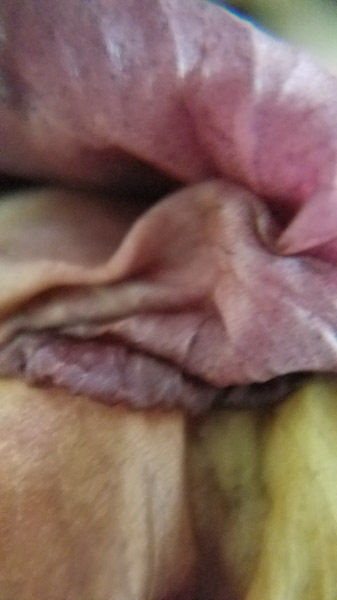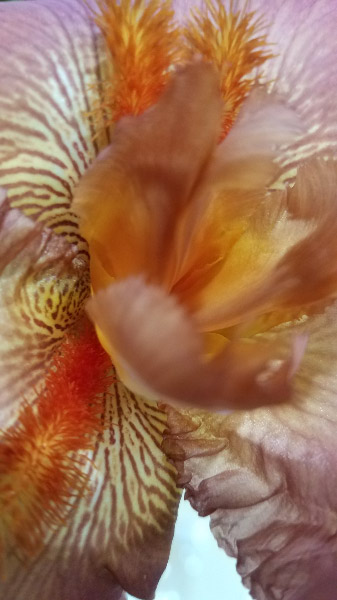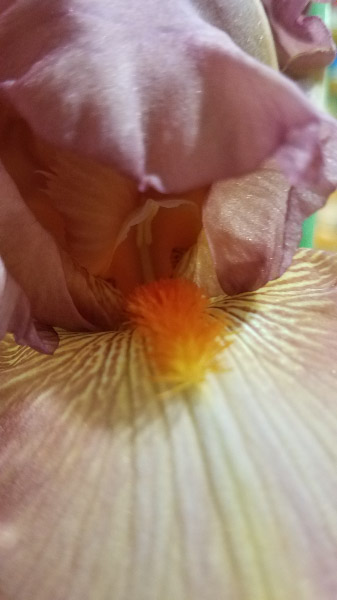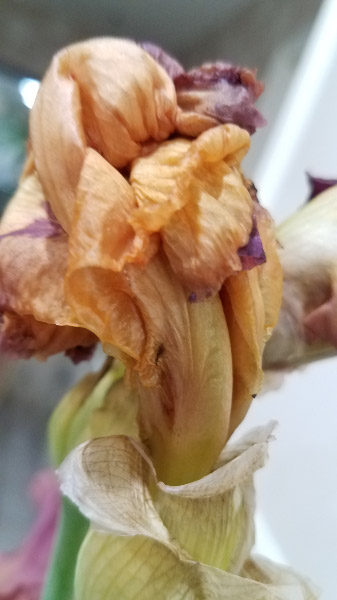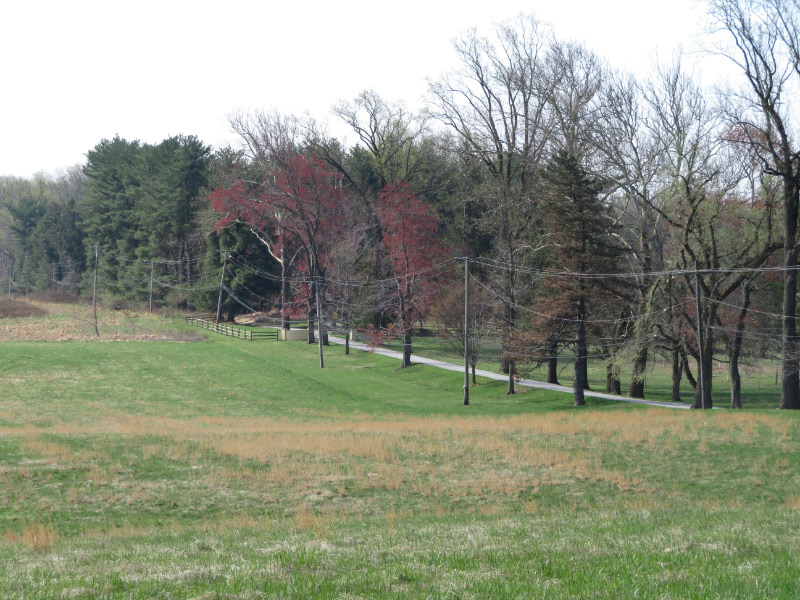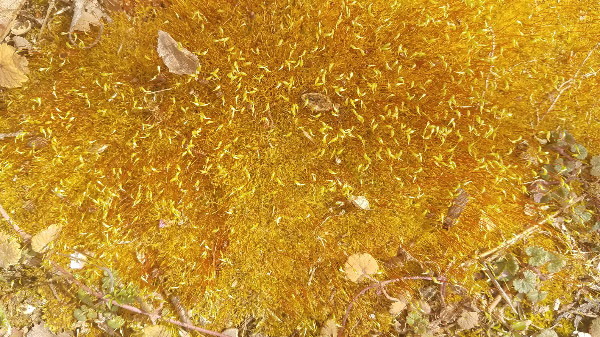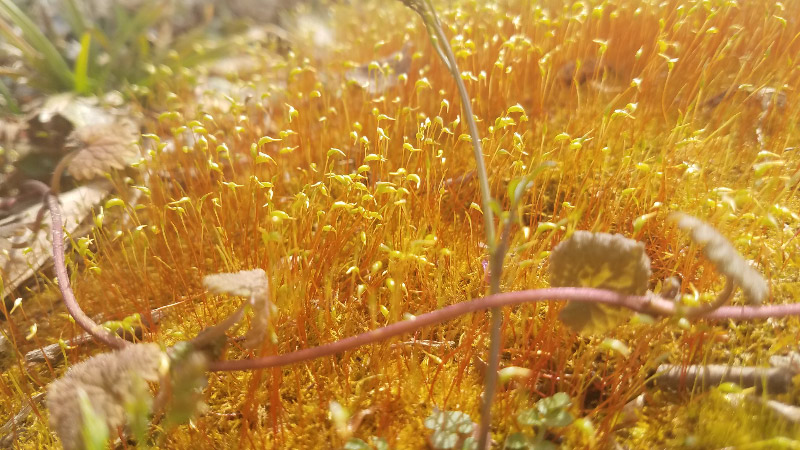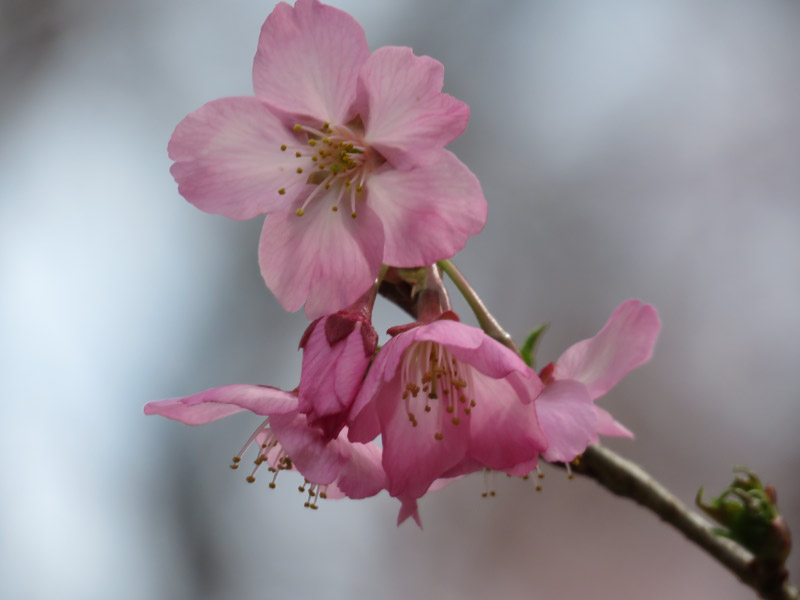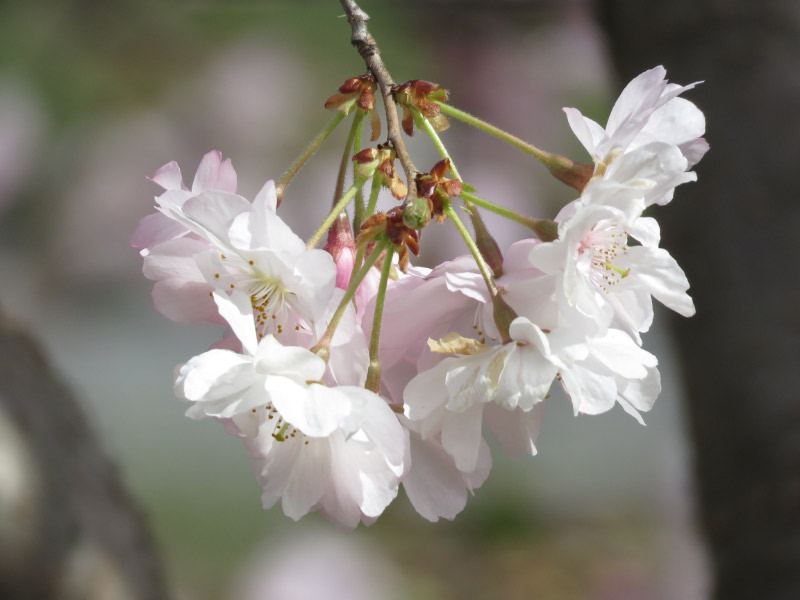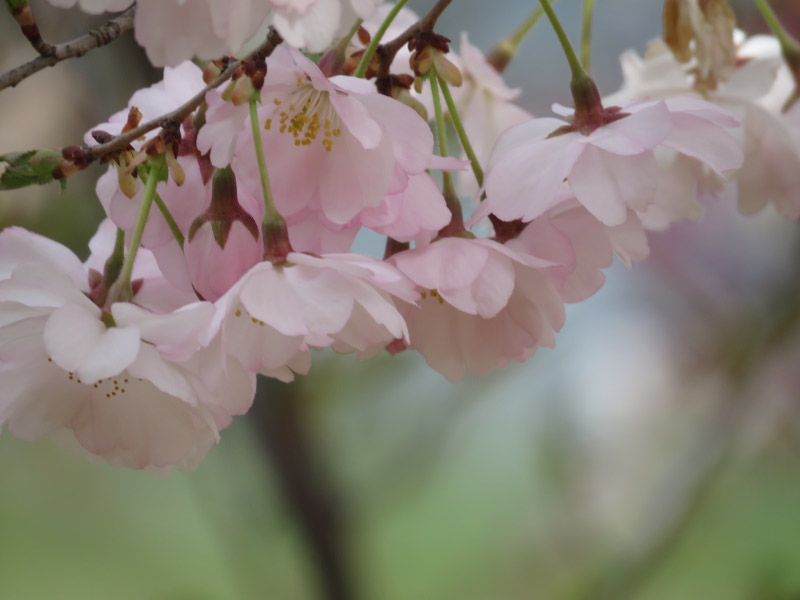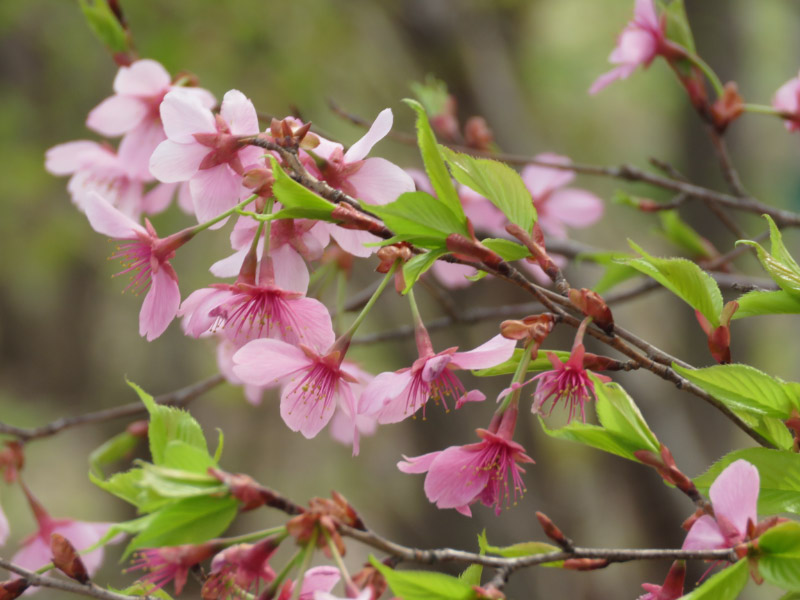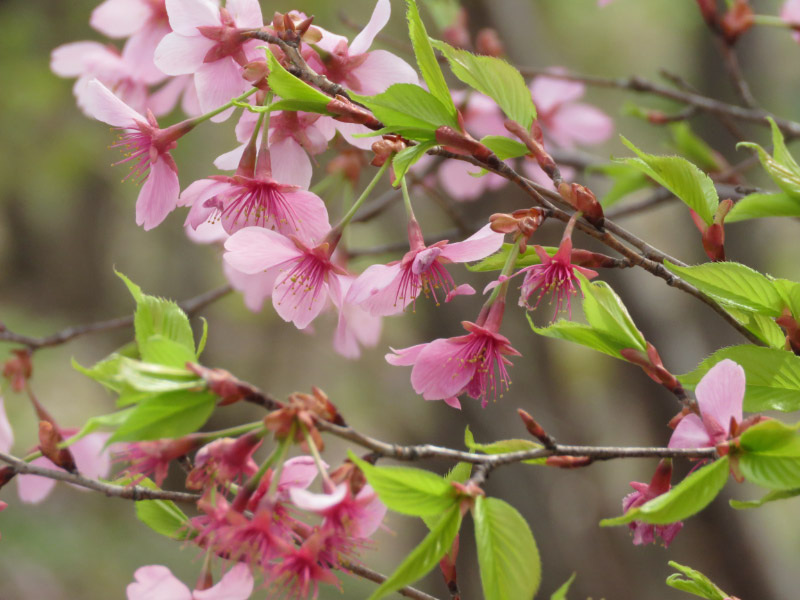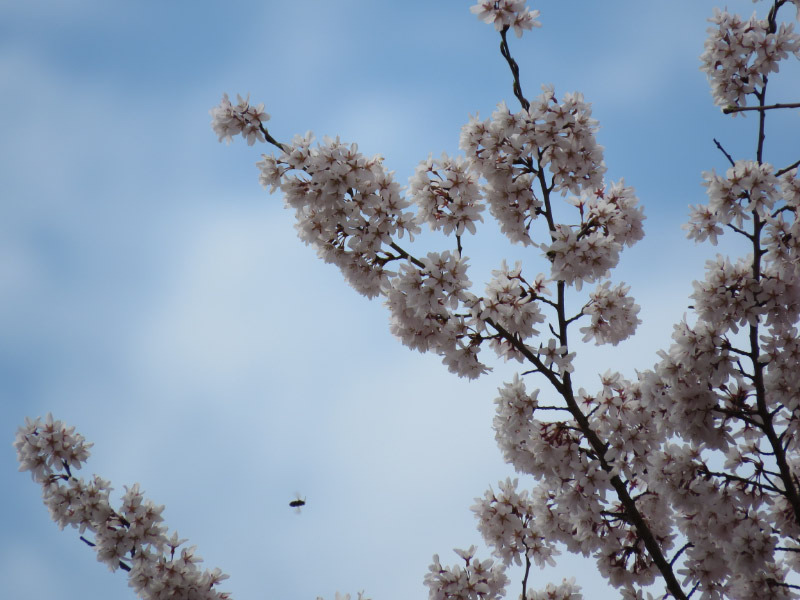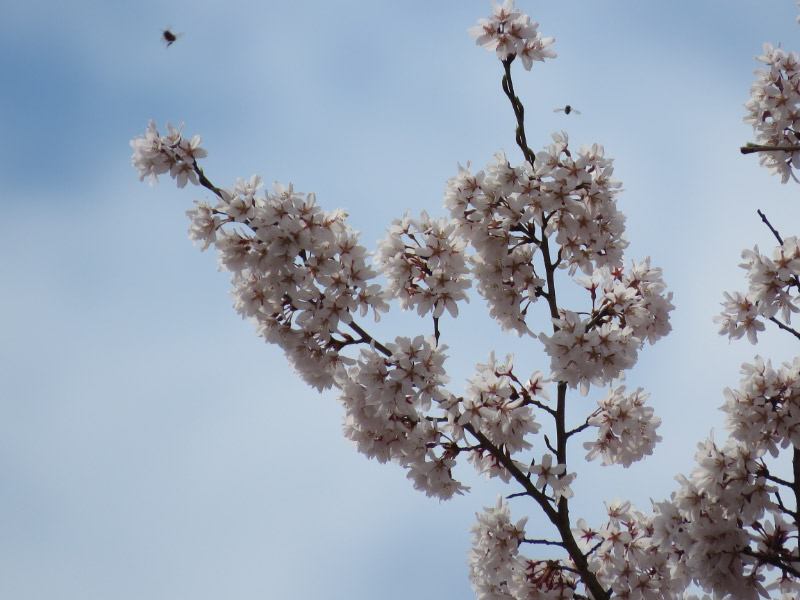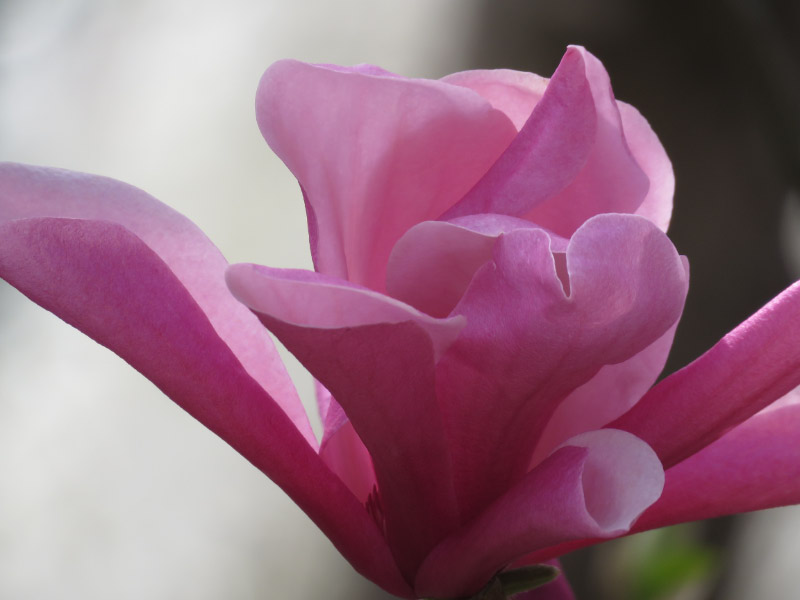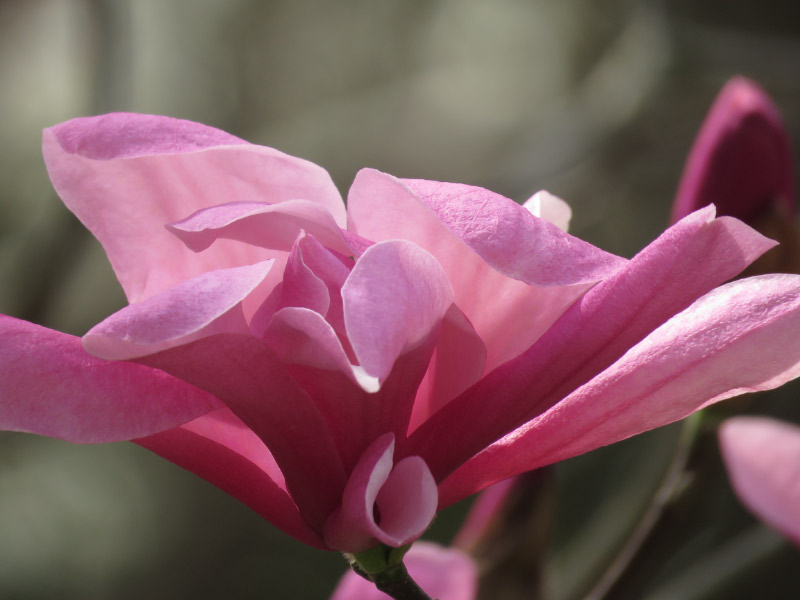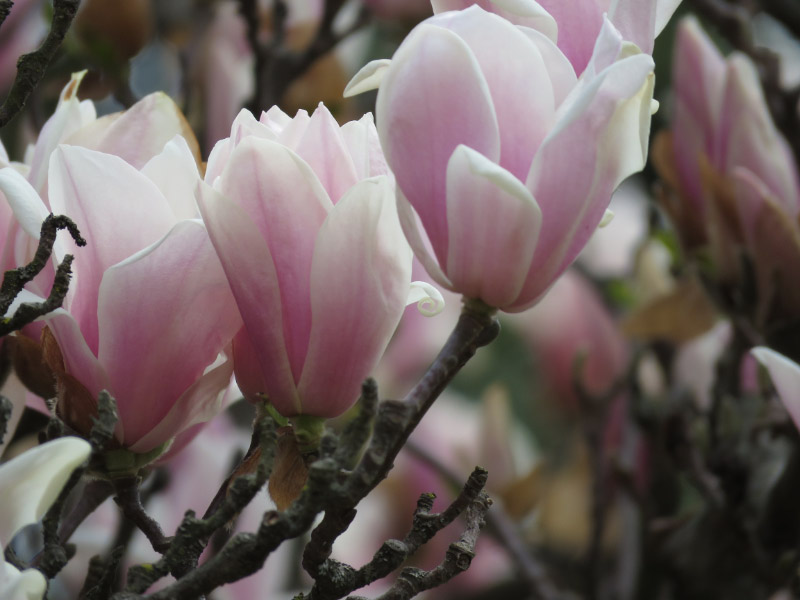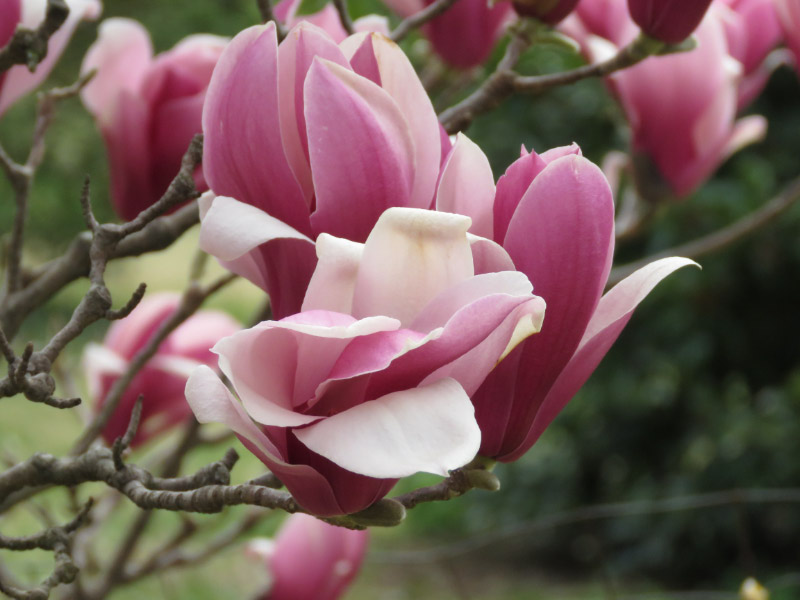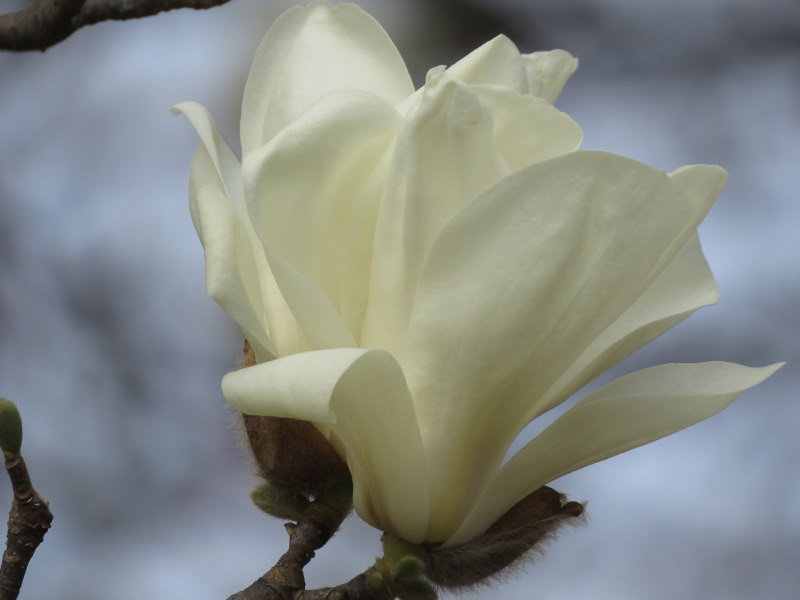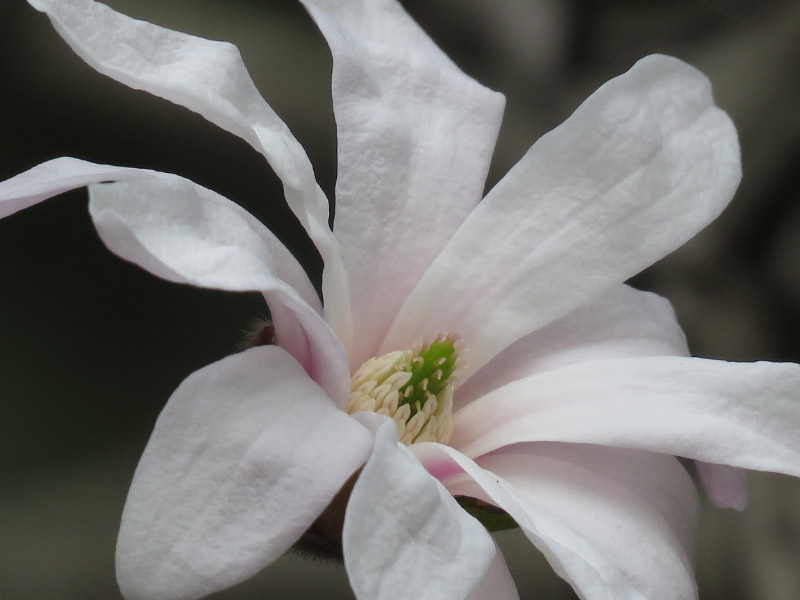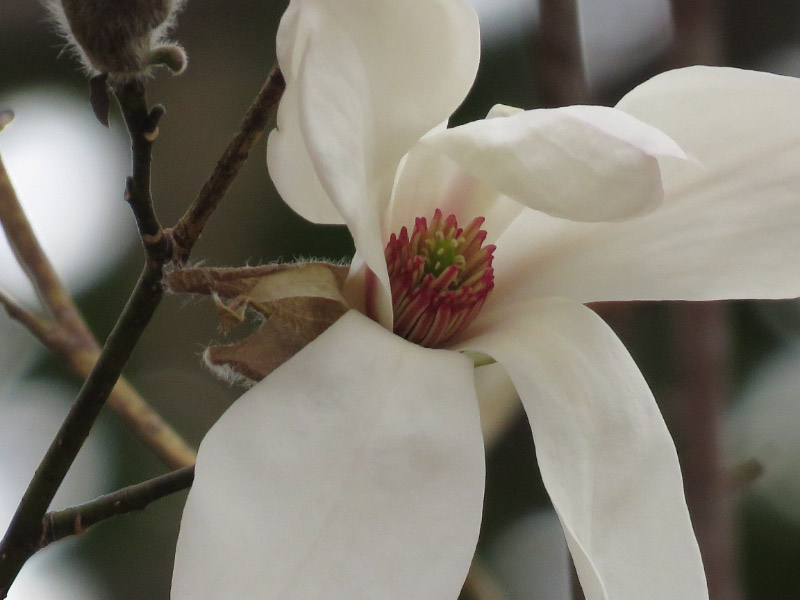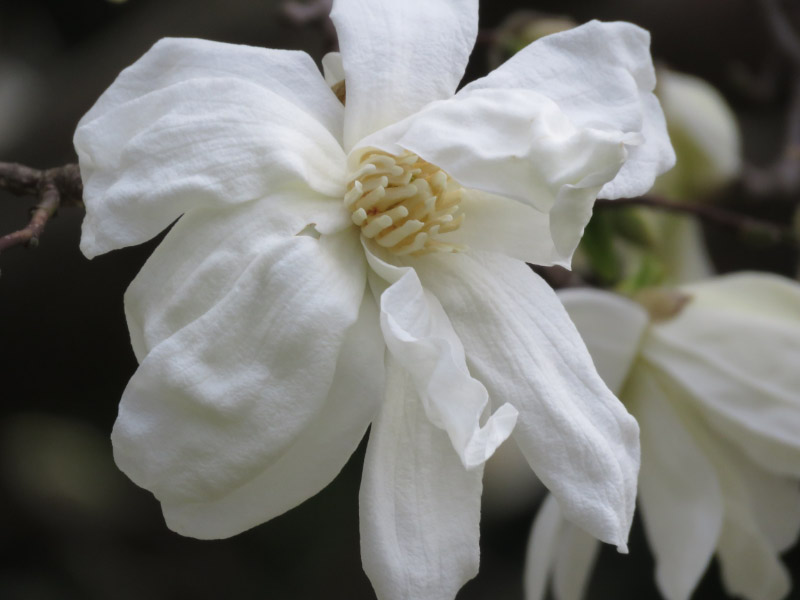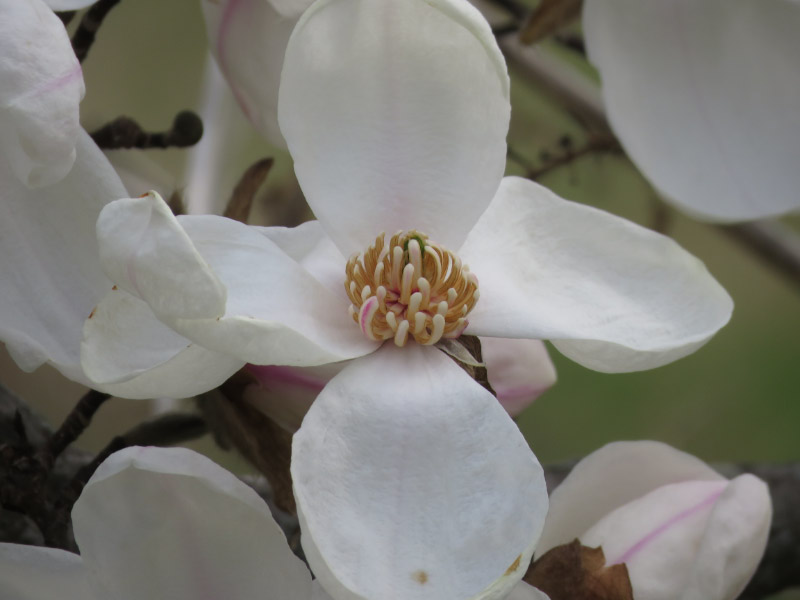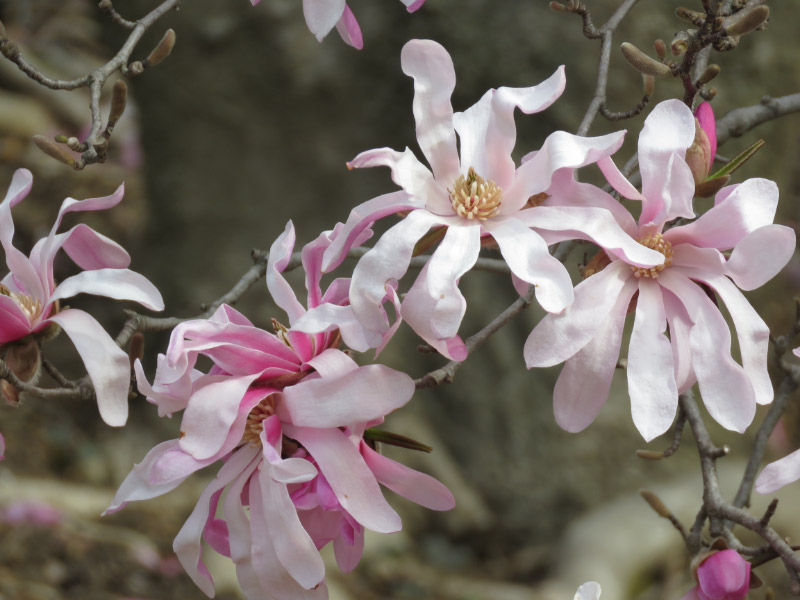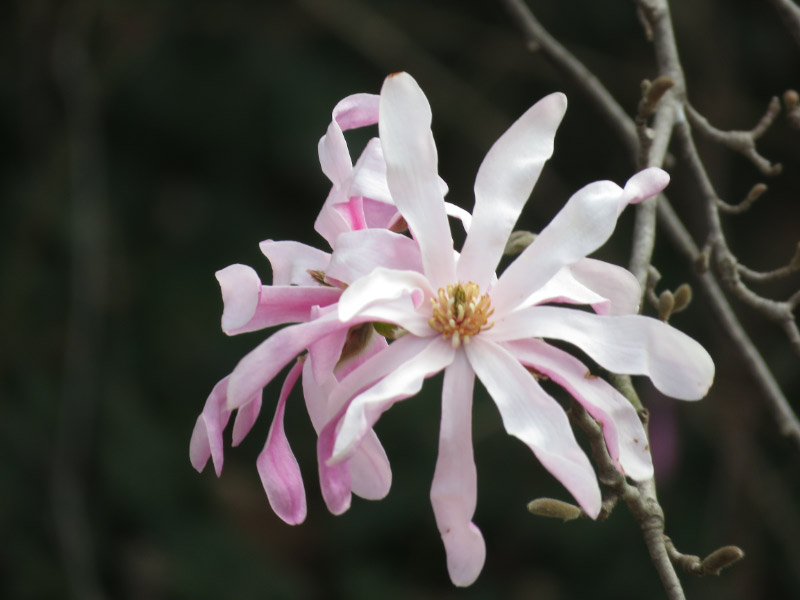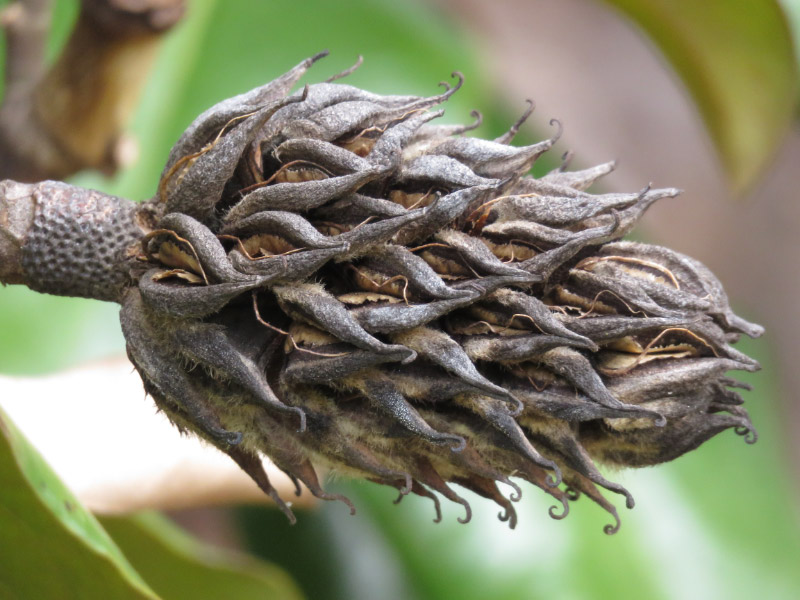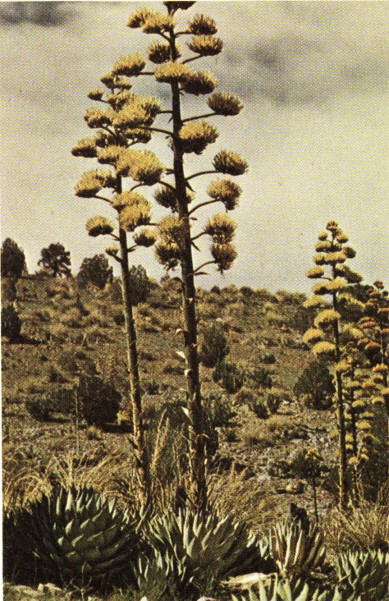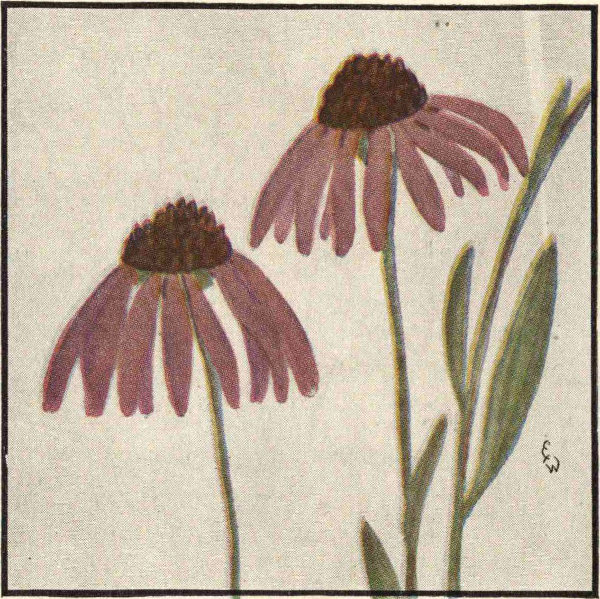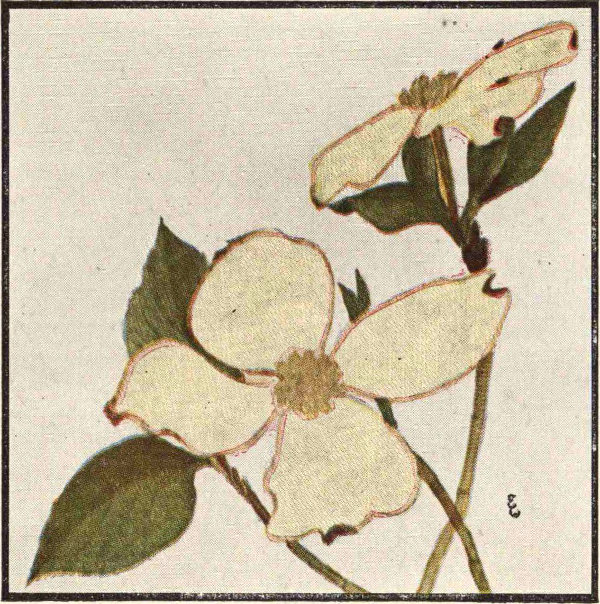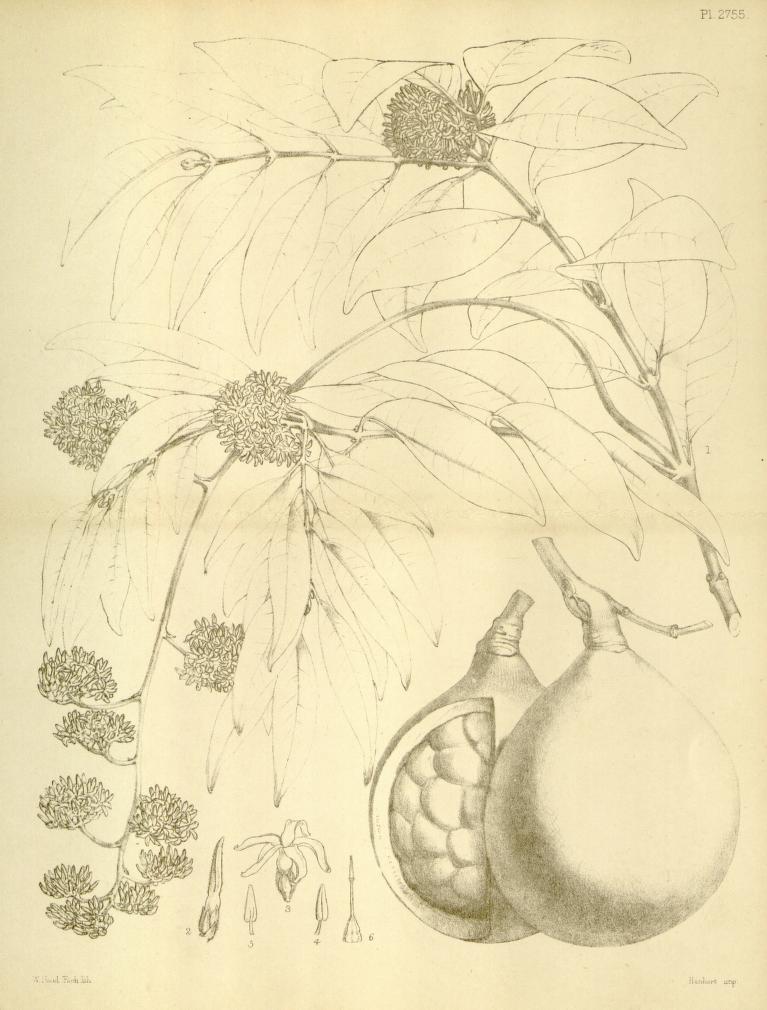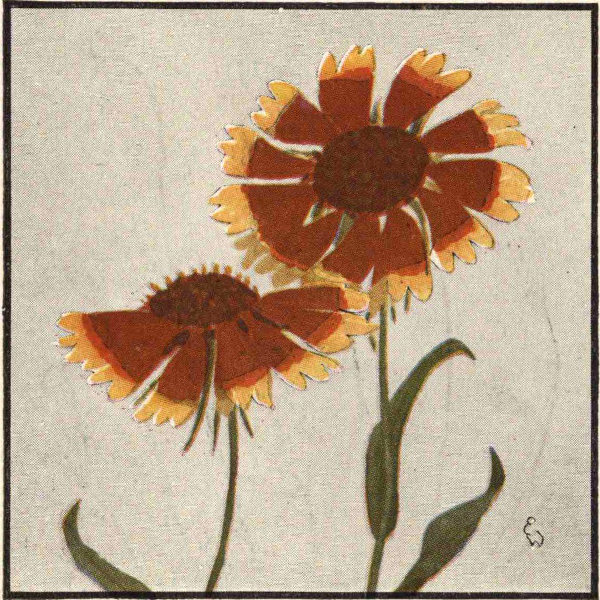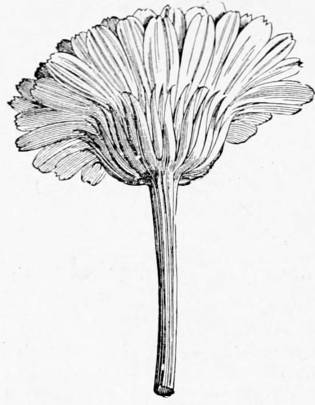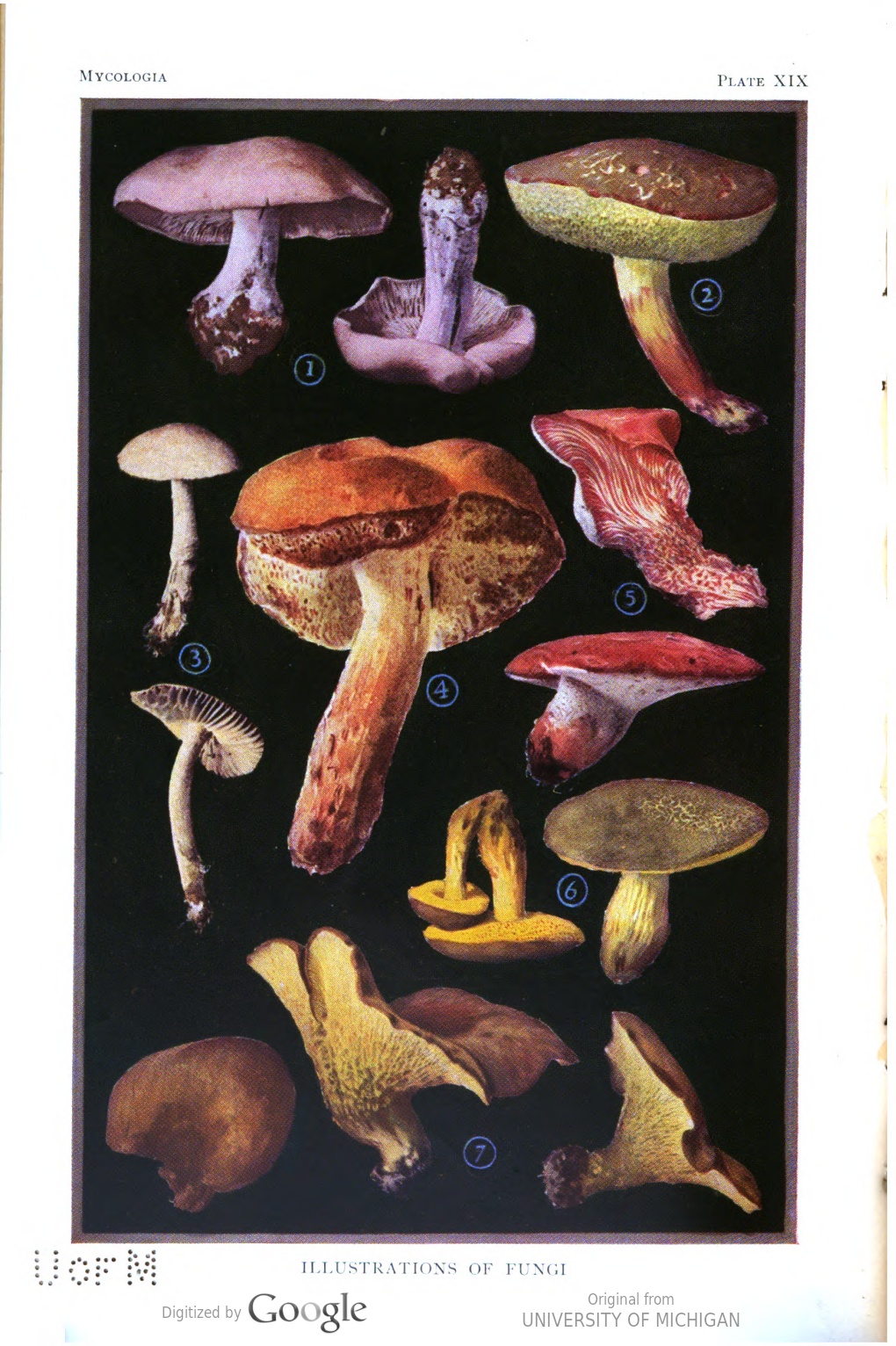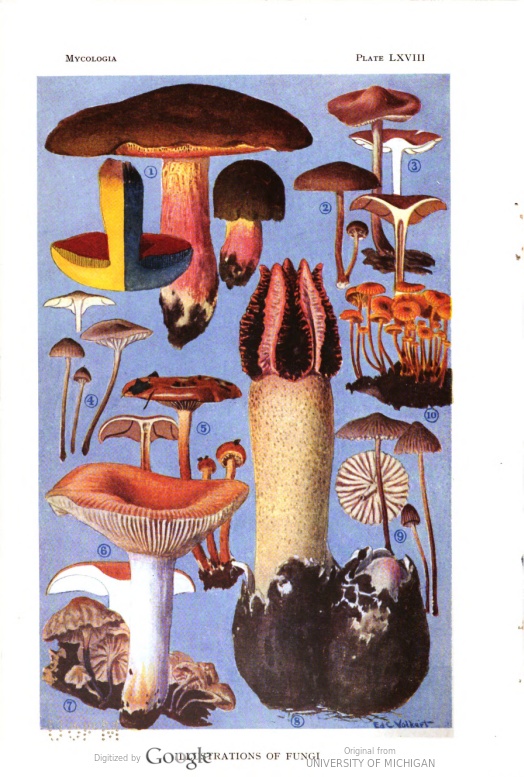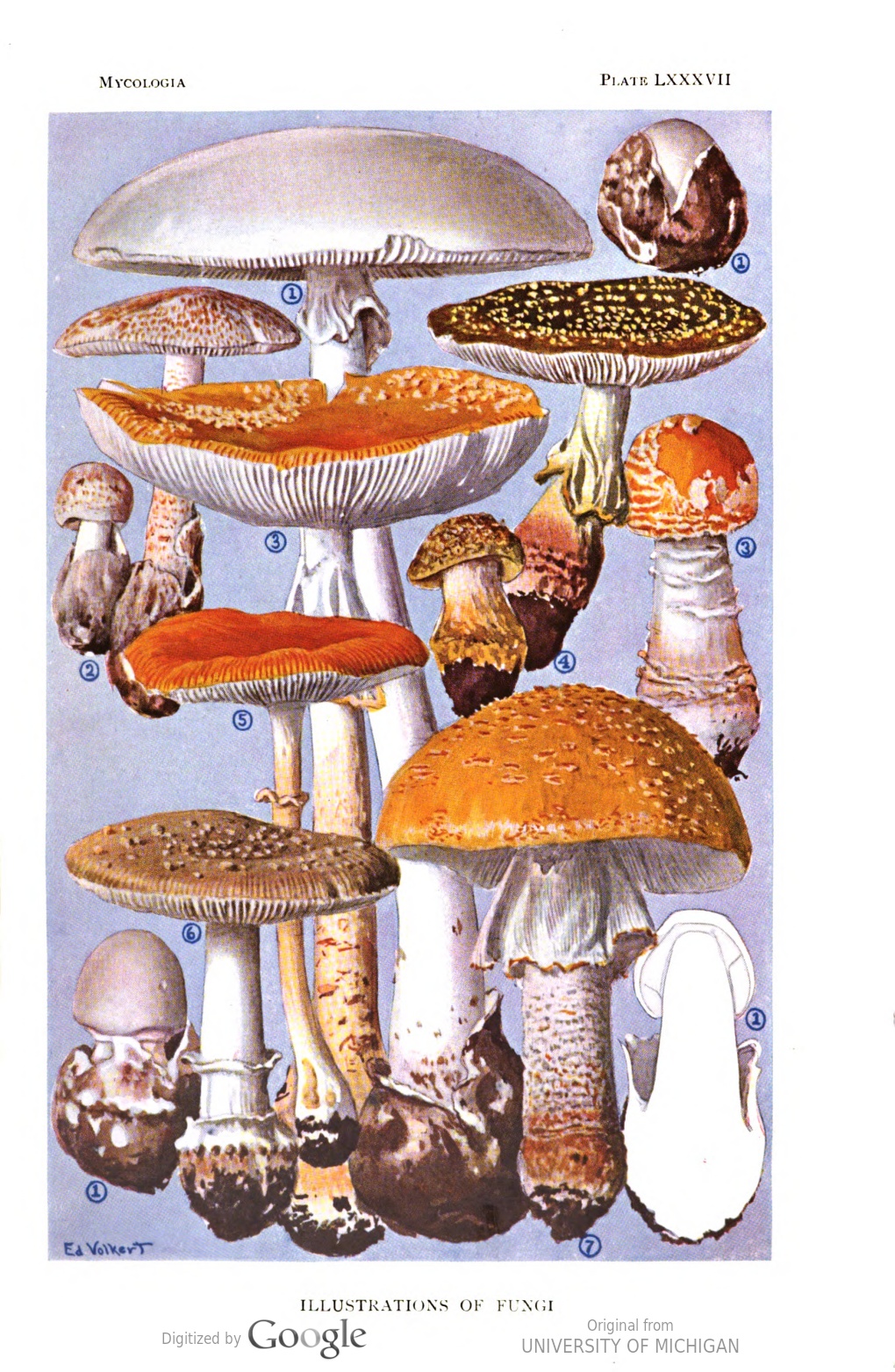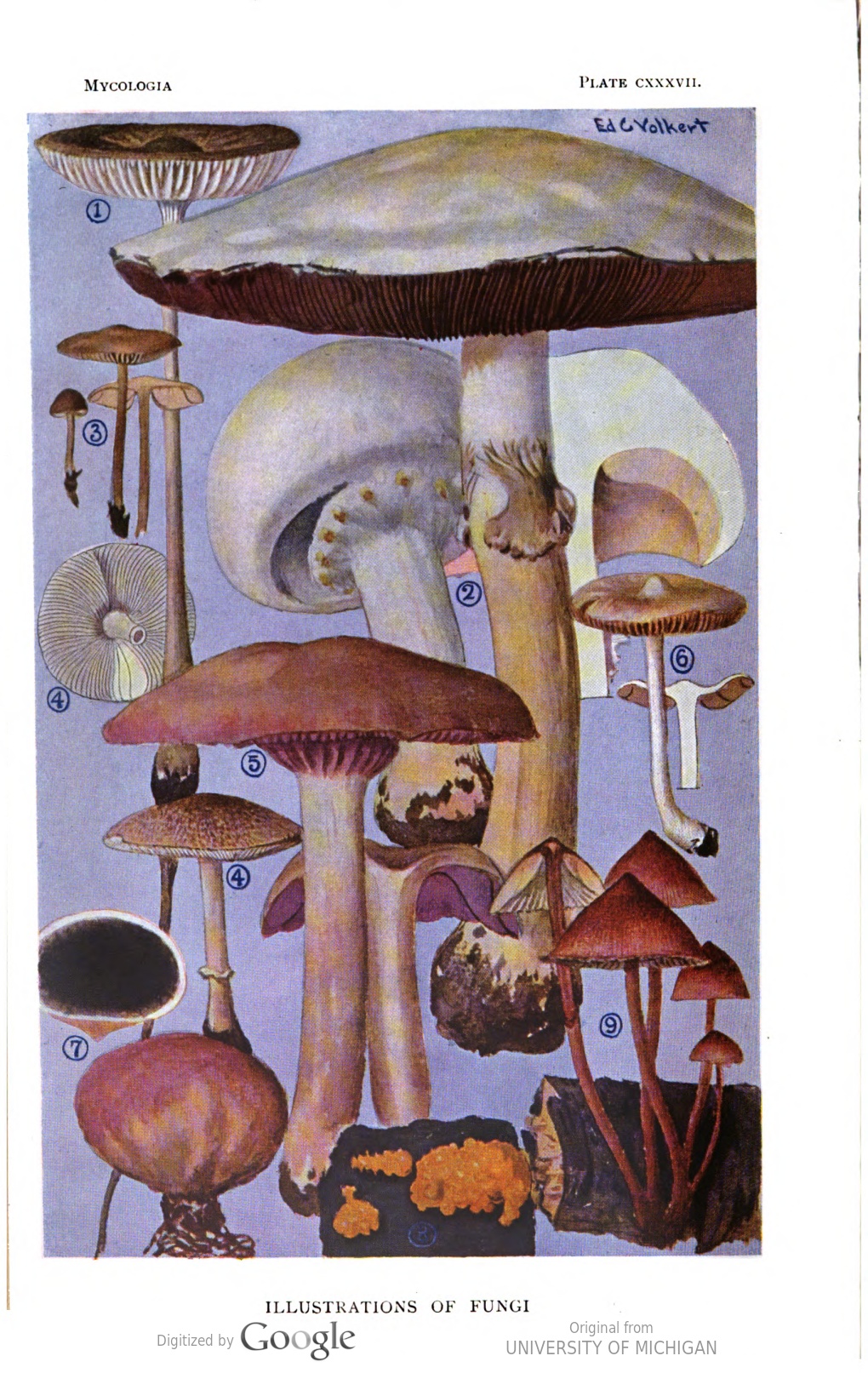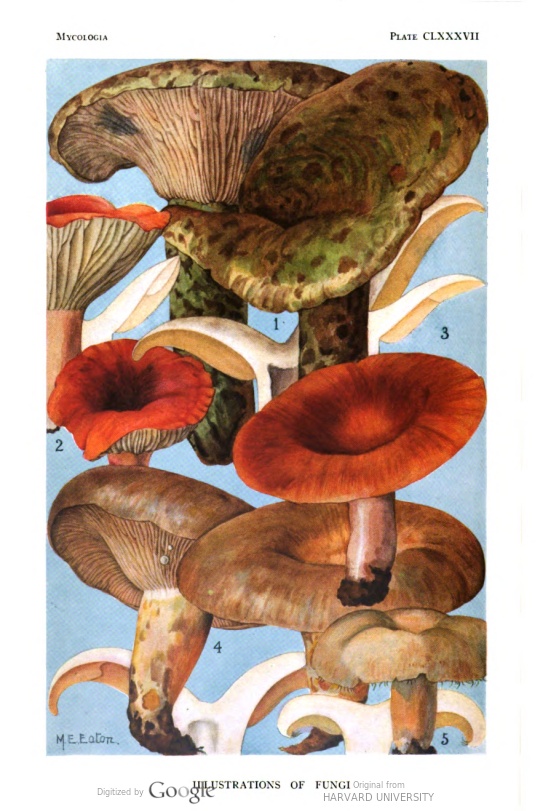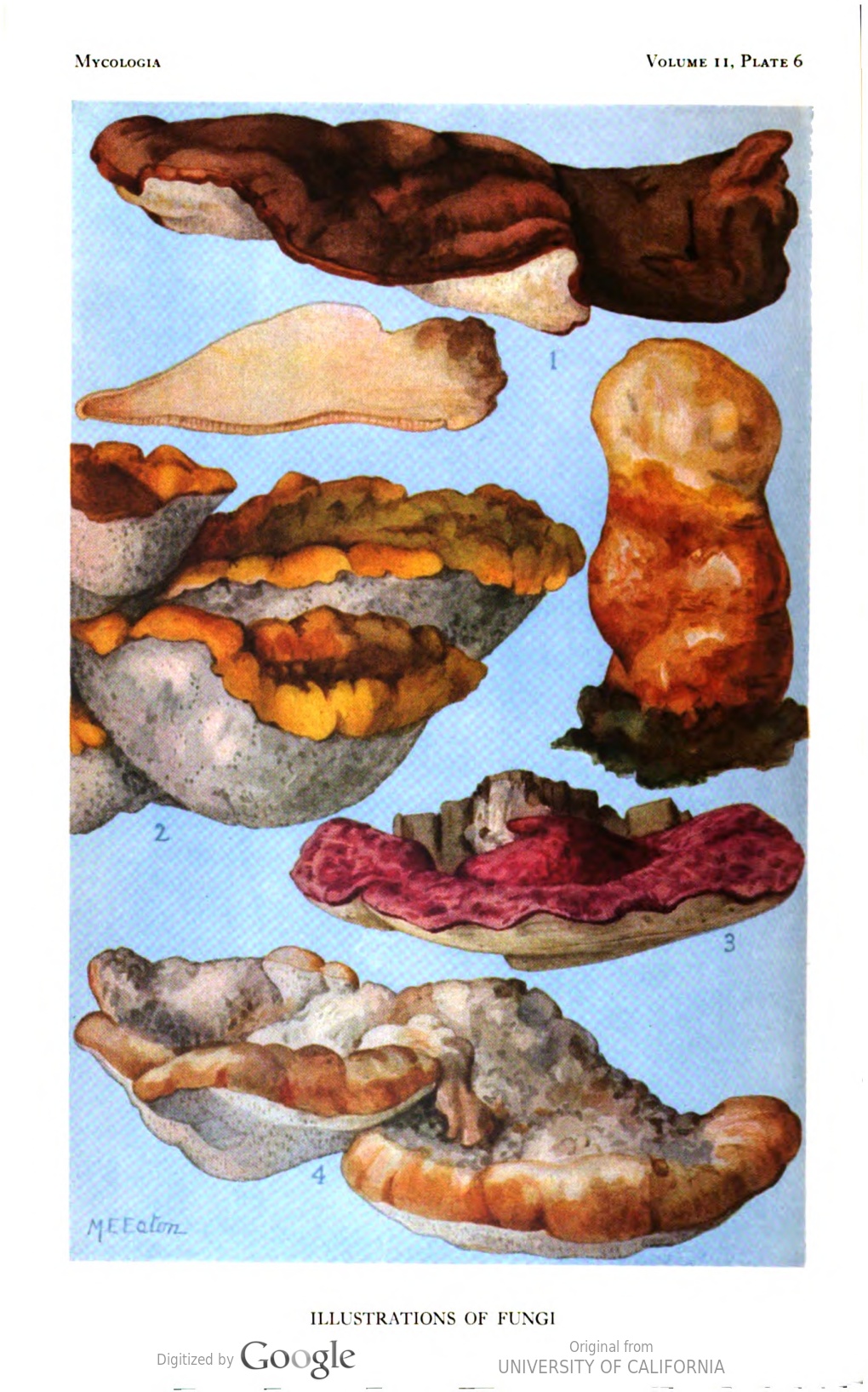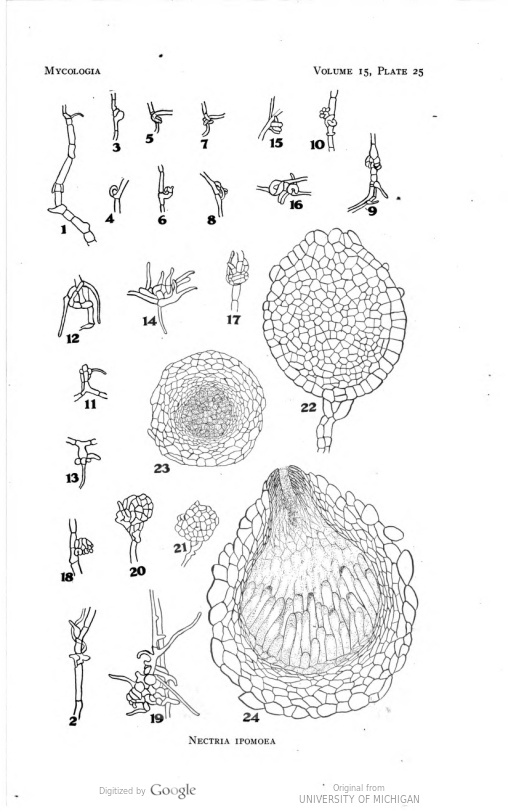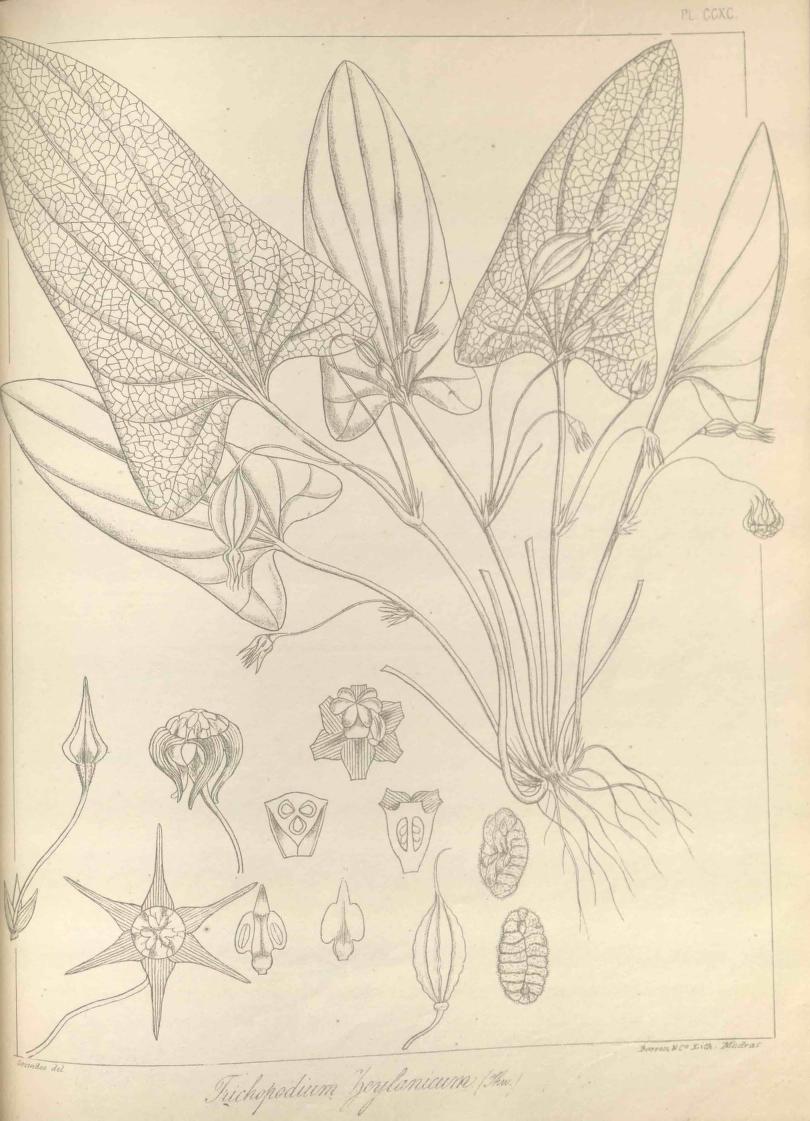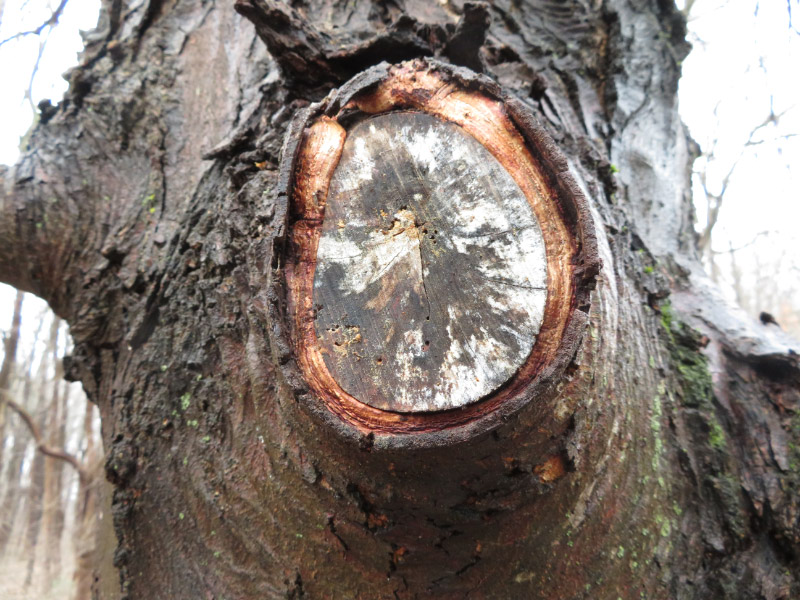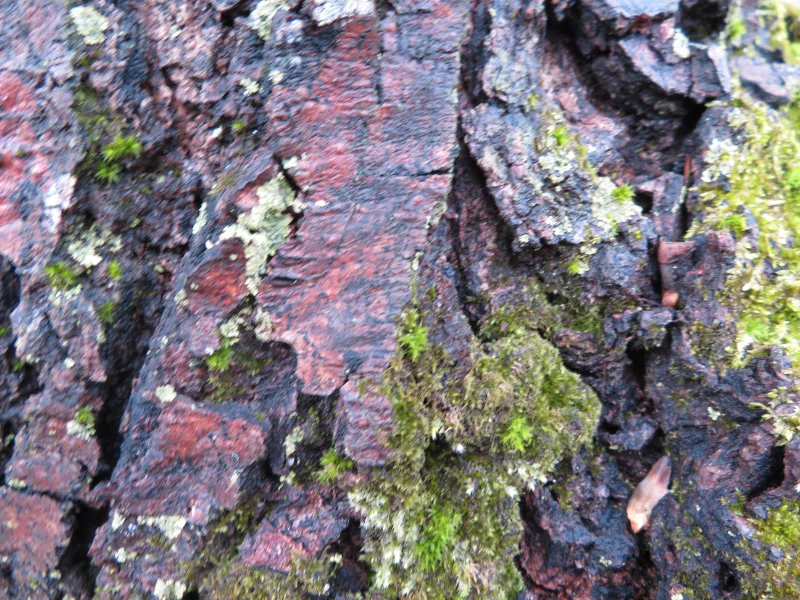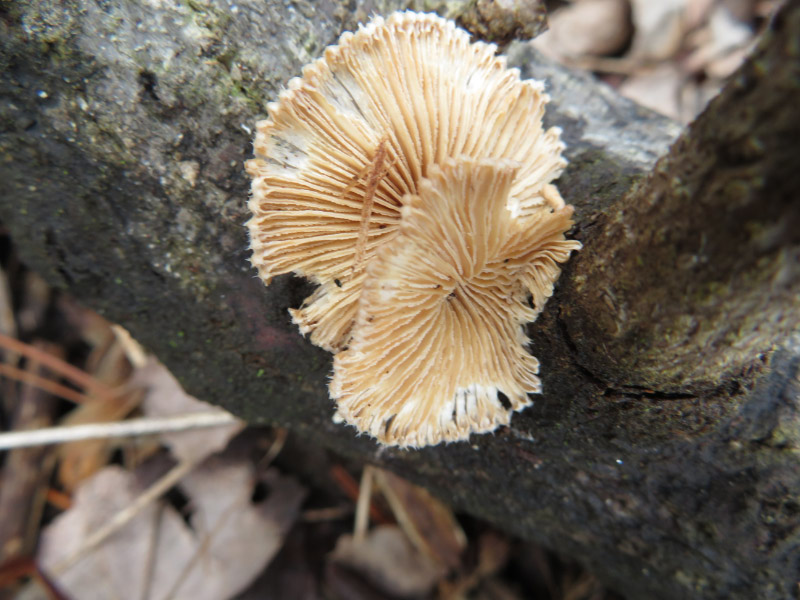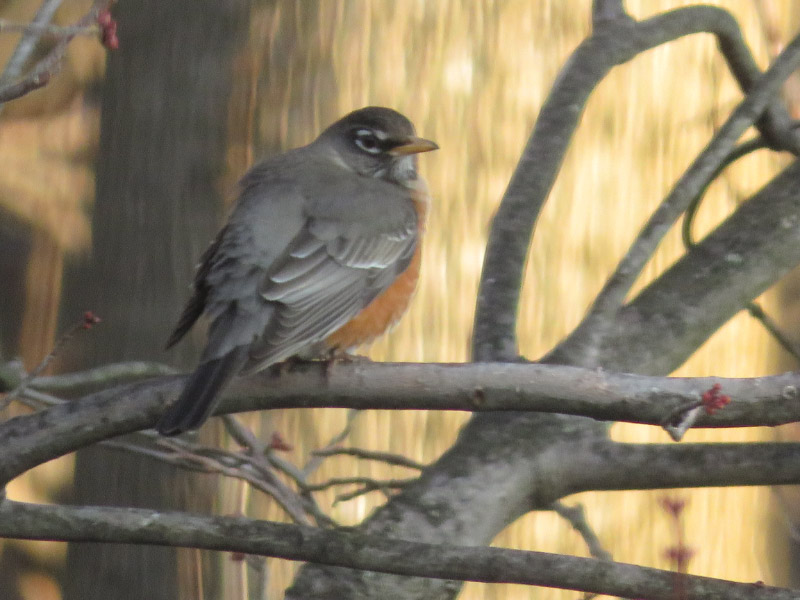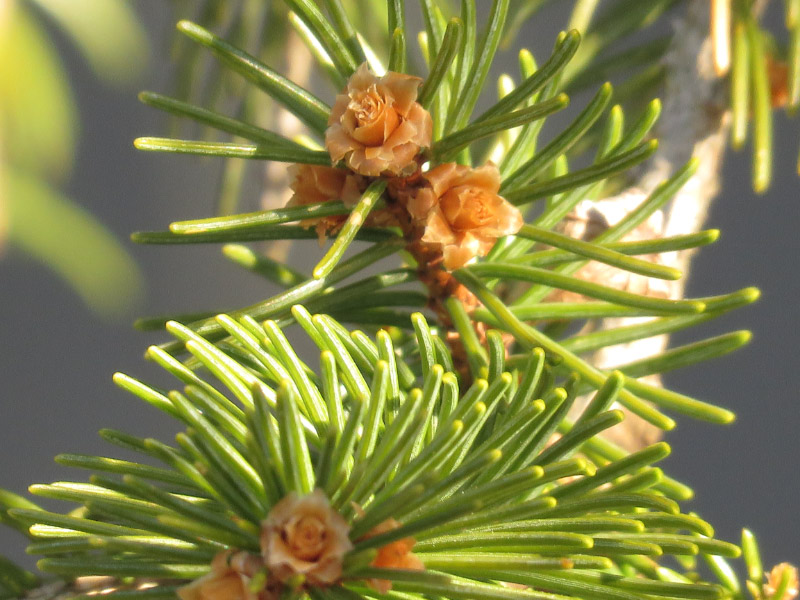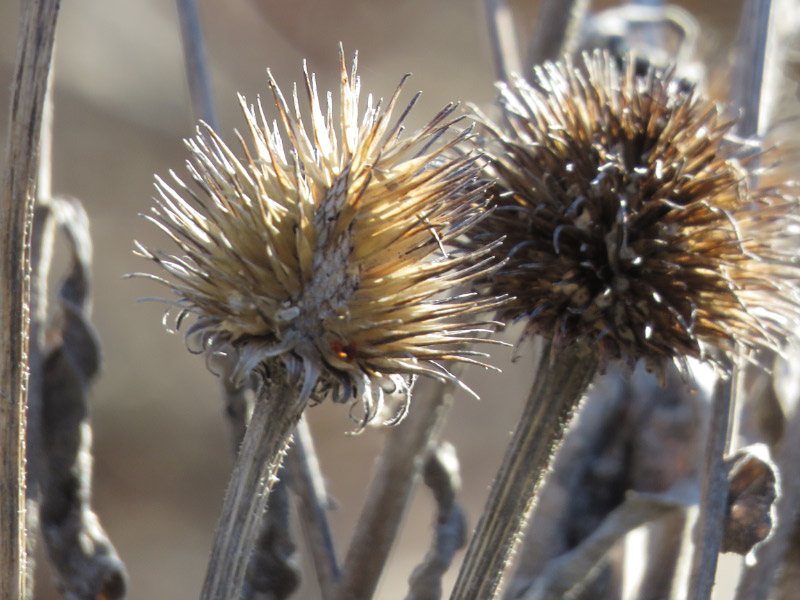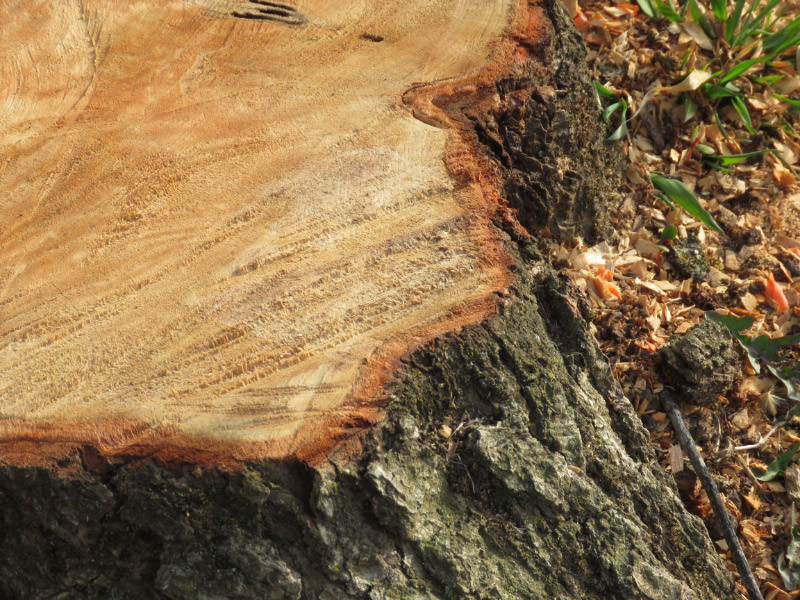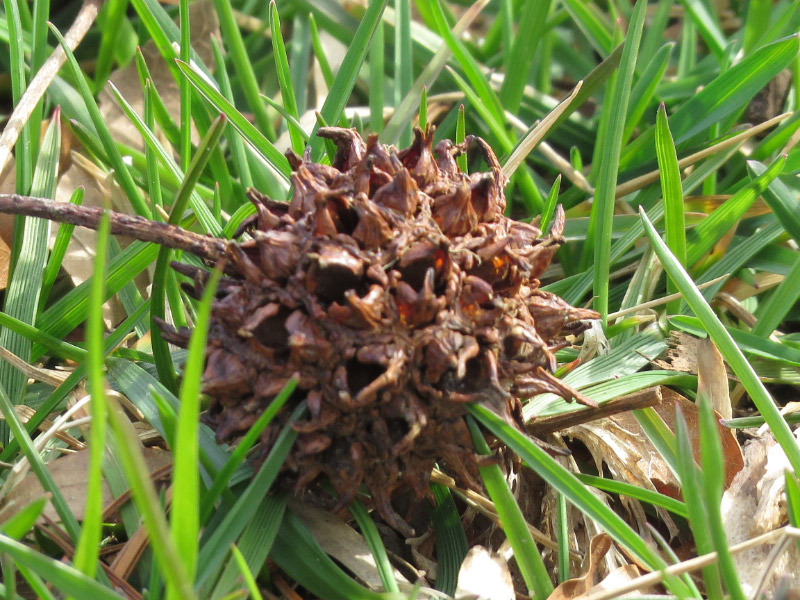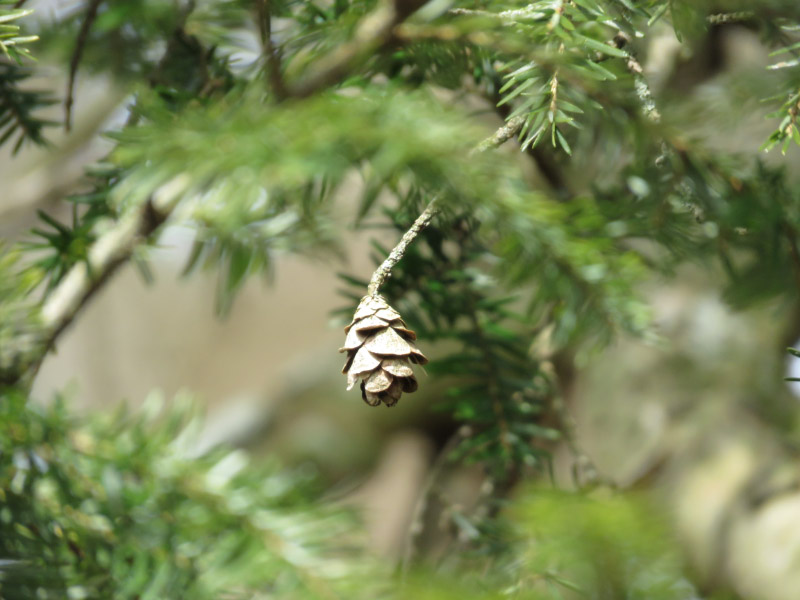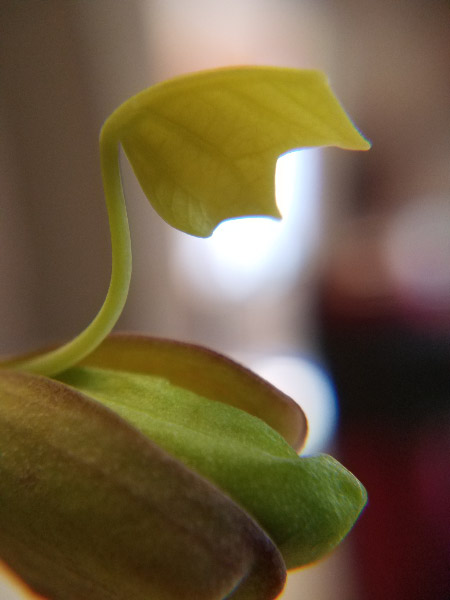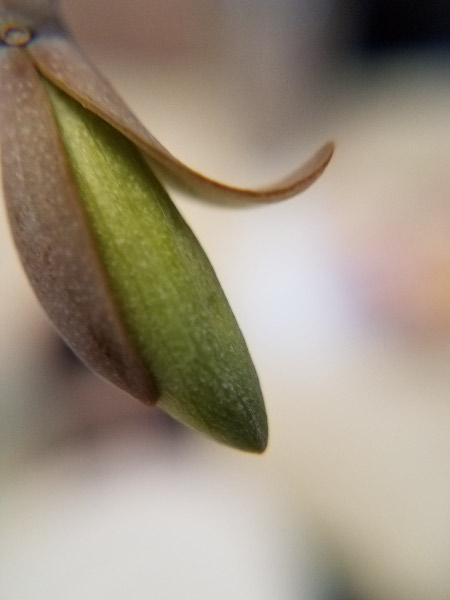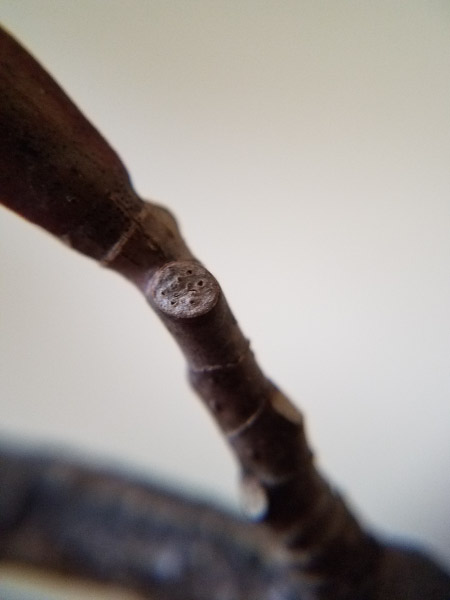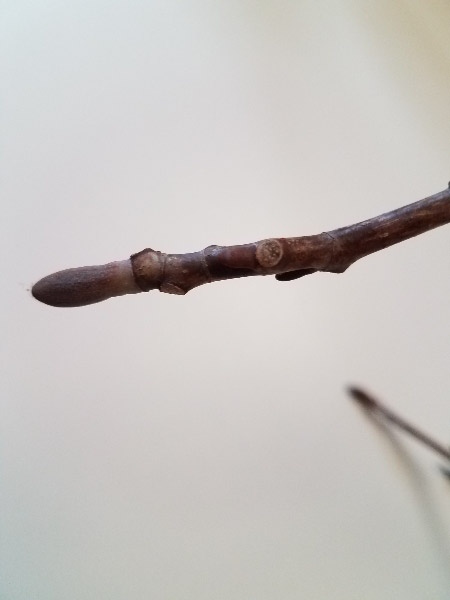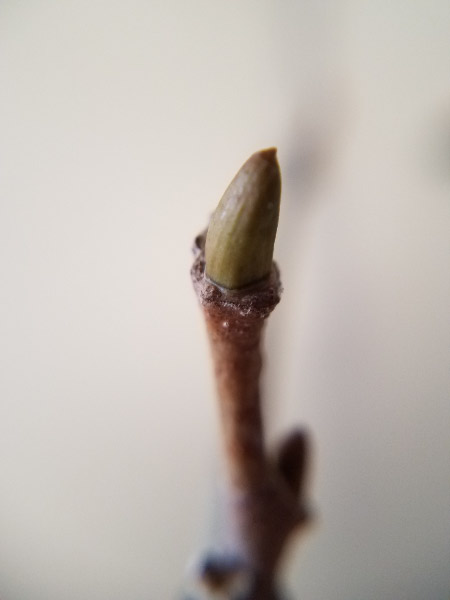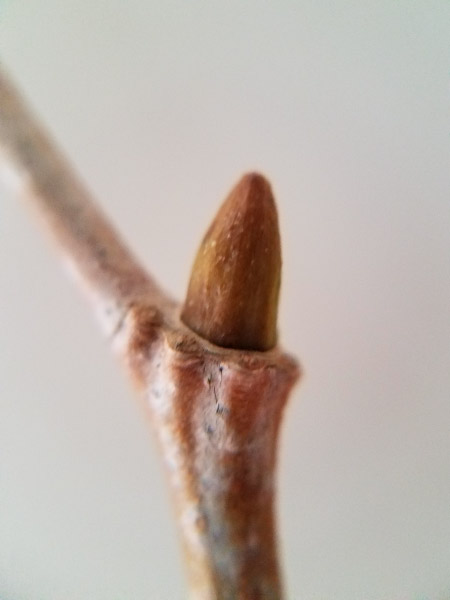Icones Plantarum V27 * Hooker, Joseph Dalton; Hooker, William Jackson * sample image * 1901
Icones Plantarum V28 * Hooker, Joseph Dalton; Hooker, William Jackson * sample image * 1901
Icones Plantarum V29 * Hooker, Joseph Dalton; Hooker, William Jackson * sample image * 1901
Texas Flowers in Natural Colors * Whitehouse, Eula * sample image * 1936
Field and Woodland Plants * Furneaux, William S. * sample image * 1909
100 Desert Wildflowers in Natural Color * Dodge, Natt N. * sample image * 1963
The Flower-fields of Alpine Switzerland * Flemwell, G. * sample image * 1911
Mycologia V1 1909 * Murrill, William Alphonso (editor) * sample image * 1909
Mycologia V2 1910 * Murrill, William Alphonso (editor) * sample image * 1910
Mycologia V3 1911 * Murrill, William Alphonso (editor) * sample image * 1911
Mycologia V4 1912 * Murrill, William Alphonso (editor) * sample image * 1912
Mycologia V5 1913 * Murrill, William Alphonso (editor) * sample image * 1913
Mycologia V6 1914 * Murrill, William Alphonso (editor) * sample image * 1914
Mycologia V7 1915 * Murrill, William Alphonso (editor) * sample image * 1915
Mycologia V8 1916 * Murrill, William Alphonso (editor) * sample image * 1916
Mycologia V9 1917 * Murrill, William Alphonso (editor) * sample image * 1917
Mycologia V10 1918 * Murrill, William Alphonso (editor) * sample image * 1918
Mycologia V11-12 1920 * Murrill, William Alphonso (editor) * sample image * 1920
Mycologia V14 1922 * Murrill, William Alphonso (editor) * sample image * 1922
Mycologia V15 1923 * Murrill, William Alphonso (editor) * sample image * 1923
Plates and descriptions of new and rare plants from southern India and Ceylon V1 * Beddome, R.H. * sample image * 1874
Plates and descriptions of new and rare plants from southern India and Ceylon V3 * Beddome, R.H. * sample image * 1874

